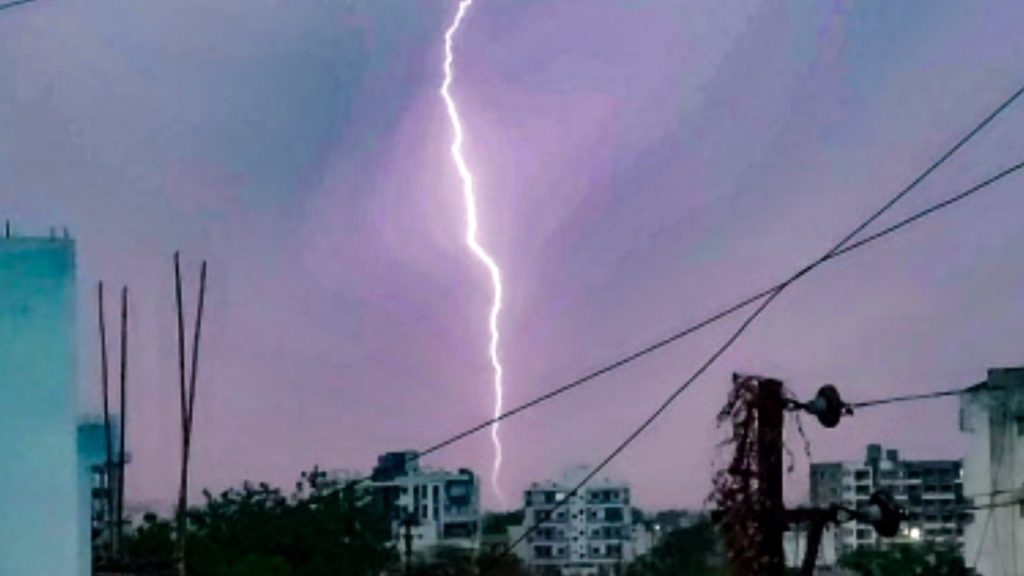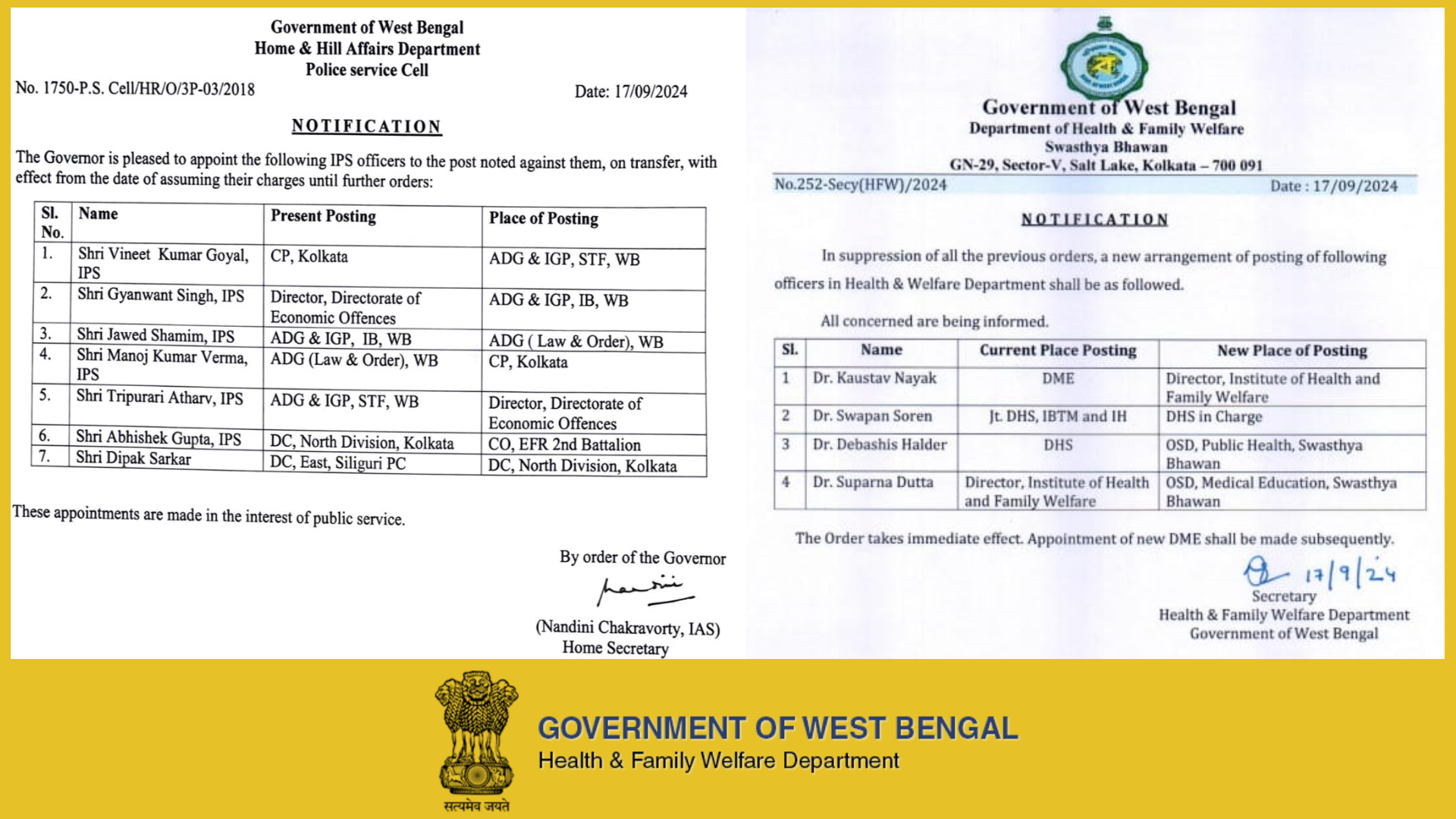South Bengal, including Kolkata, increasing prone to lightning, finds study. Safety tips inside

A study by the Indian Institute of Tropical Meteorology, Pune has found that the regions comprising of covering south Bengal and north Odisha is India’s biggest lightning hotspot, and Kolkata is seeing more and more frequent and intense lightning.
A little before dawn today, the sky over Kolkata filled up with brilliant flashes of lightning and drumbeats of thunder. It can make for a beautiful sight from the comfort of one’s home, but lightning is very dangerous and can cause instant death to any life it touches, or severe burns.
Technically, lightning is the movement of electrical charges and doesn’t have a temperature. However, resistance to the movement of these electrical charges causes the materials that lightning passes through, like air, to heat up. Air is a very poor conductor of electricity and gets extremely hot when lightning passes through it.
A recent study conducted by the Indian Institute of Tropical Meteorology, Pune (IITM-Pune) has revealed that Kolkata lies in the middle of the country’s biggest lightning hotspot, covering south Bengal and north Odisha. The other lightning hotspot in the country is in Kerala.
The districts of East Midnapore, West Midnapore, Purulia, Bankura and Birbhum are the most lightning-prone, if Bengal is considered, says the study.
But Kolkata and its suburbs are also becoming more and more lightning-prone, according to IITM-Pune Project Director (Monsoon Mission) Partha Sarathi Mukherjee, as quoted in a report by a leading media outlet.
The IITM-Pune study mentioned earlier found a direct correlation between climate change, frequency of lightning and deaths caused by the latter. More lightning deaths have occurred in the years that have been hotter than the others. The study also says that lightning deaths did not always reflect the frequency and intensity of lightning strikes.
In 2019-20 (that is, April 1, 2019-Marcg 31, 2020), 52.55 per cent of all calamity-caused deaths in happened due to lightning. The percentage dipped to 39.19 per cent in 2020-21, though in terms of absolute numbers, there were more deaths. In 2021-22, in just the three-and-a-half months from April 1 to August 17, a whopping 52.8 per cent of the calamity-caused deaths were due to lightning.
In Bengal, most lightning deaths occur in June and July, and lightning incidents have increased by 70 per cent over the last decade, found the IITM-Pune study.
The higher the energy output of a bolt of lightning, the higher the damage it can cause. Lightning can carry massive energy of 500 mega Joules, which can generate temperatures of 50,000 degrees Celsius or higher, which is 10 time hotter than the surface of the Sun, said Professor Anirban Guha, a lightning expert from Tripura University in the media report referred to earlier.
He said that though of a very short lifespan, the impact that lightning can cause can be quite disastrous because of the ferocity with which it hits objects.
A few ways to stay safe from lightning:
- If the weather forecast mentions thunderstorms, postpone the trip.
- When thunder roars, go indoors.
- If not possible, find a safe, enclosed shelter or get inside a hard-top vehicle, with the windows rolled up.
- Rule of 30-30: After you see lightning, start counting to 30. If you hear thunder before 30, go indoors. Suspend activities for at least 30 minutes after the last clap of thunder.
- When lightning is occurring, never take shelter under an isolated tree. The lightning can burn the tree down, or scald it, and with it, whoever is under it.







